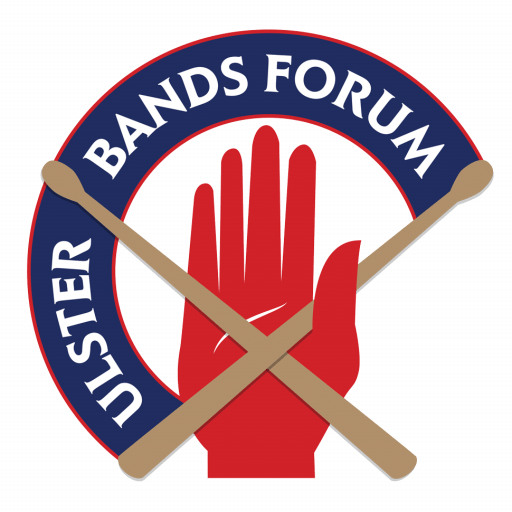The Bonfire and Beacon tradition has become synonymous with Protestant celebrations during the Twelfth fortnight in Ulster.
Until recently the Eleventh Night bonfire, that glowed in the night sky across the country, were organized on an ad-hoc, but nevertheless, annual basis.
They were primarily held to commemorate the Battle of the Boyne, the centre-piece of the Glorious Revolution, which helped secure a new Constitutional Settlement in the British Isles.

The tradition of bonfires is not unique to the Orange and Protestant community in Ulster.
From ancient times through to the early Christian period, bonfires acted as a focal point for community celebrations and events.
Through the centuries they have been used for a variety of purposes and public celebrations.
In 1588 bonfires and beacons were used to signal the approach of the Spanish Armada to the coastline around England and the potential of subsequent invasion.
It is, however, their community and pseudo-political usage that is most common in the public eye.
An example of such is the annual 5 November celebration, commemorating the failure of the Gunpowder Plot in 1605. For generations an effigy of Guy Fawkes, the central figure of the plot, has been burned on bon[1]fires across England.

For the Orange Family of Ulster, the bonfire and beacon tradition has evolved to celebrate, commemorate, and mark a series of historical anniversaries
- the landing of William, Prince of Orange at Torbay on 5 November 1688,
- the closing of the mighty gates of Londonderry in December 1688,
- the arrival of King William III at Carrickfergus in June 1690
- and, of course, the victory of the Battle of the Boyne in July 1690.
In some respects, the 11th of July bonfires are a modern representation of the campfires that blazed in the Williamite camps on the north side of the River Boyne on the evening prior to the battle itself.
It is also worth noting that, after William’s ‘near miss’ the day before the battle, he was forced to show himself by campfire light to his troops, proving to them that he was still alive!

During the Nineteenth Century bonfires became part and parcel of community events particularly at times of political crisis.
This was evident during the political rallies held in Ireland during the various Home Rule Crises between 1886 and 1914.
In 1868 bonfires and beacons were lit on the hillsides of County Down to celebrate the release of William Johnston of Ballykilbeg from prison, after being incarcerated for organizing and leading an Orange procession in defiance of the Party Processions Act.
In some areas bonfires and beacons can be seen on 1st of July each year. This is to commemorate the Battle of the Boyne which, under the old calendar, was fought on 1 July 1690.
This date also has another significance, with fires being lit to commemorate the sacrifice of soldiers who fought with the 36th (Ulster) Division at the beginning of the battle of the Somme on 1 July 1916.

Today bonfires and beacons, organized by local communities across Northern Ireland and the border Counties of the Republic of Ireland, are focal points for cultural celebrations commemorating the victory of the Battle of the Boyne and securing civil and religious Liberty through the Glorious Revolution.
Dr. Jonathan Mattison
